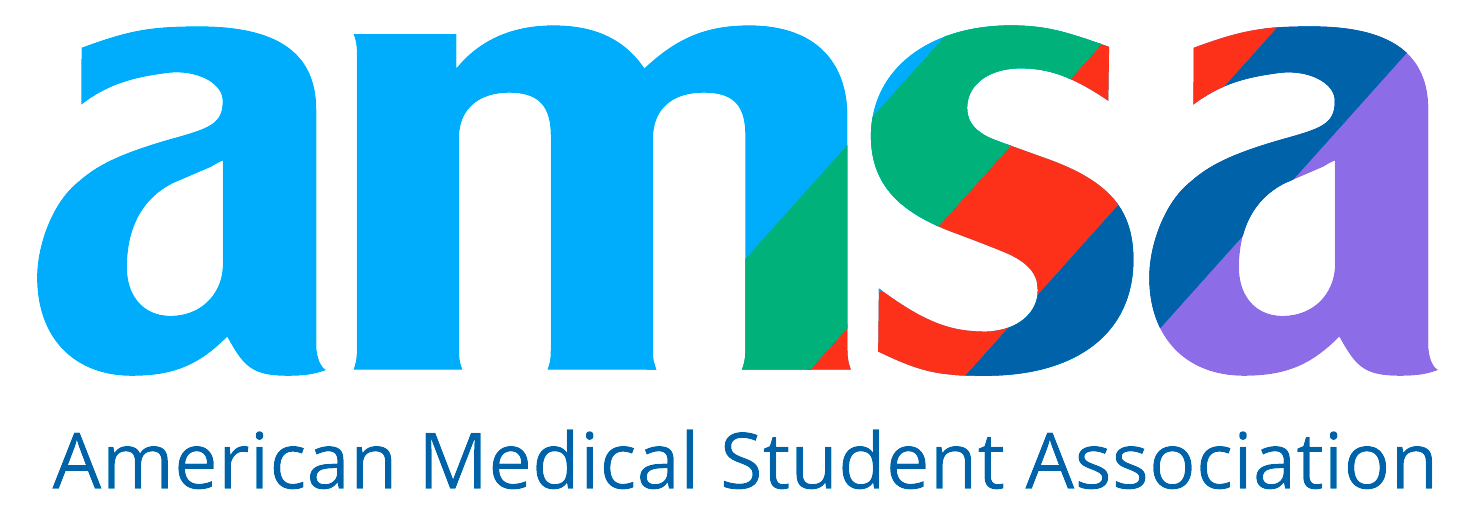Anesthesia Careers Options and Comparisons: Anesthesiologist vs. CRNA vs. AA
Go-Elective Abroad
Anesthesia Careers Options and Comparisons: Anesthesiologist vs. CRNA vs. AA
If you’re fascinated by medicine, patient care, and operating room dynamics, a career in anesthesiology might be your calling. Whether you're aiming to become a physician, nurse, or healthcare support professional, anesthesiology offers diverse roles that are critical to surgical and procedural care. In this guide, we’ll explore three key anesthesia careers: Anesthesiologists, Certified Registered Nurse Anesthetists (CRNAs), and Anesthesiologist Assistants (AAs)—including how to enter each field, responsibilities, and what sets them apart.
Anesthesiologists: The Physicians Behind the Scenes
Anesthesiologists are medical doctors who specialize in administering anesthesia and managing patients’ vital functions before, during, and after surgery. They're the leaders of the anesthesia care team.
Pathway to Becoming an Anesthesiologist:
- Bachelor’s Degree: Usually in a science-related major.
- MCAT: A strong score is essential for medical school admission.
- Medical School: Four years of academic and clinical training.
- Residency: Four years of specialized training in anesthesiology.
- Board Certification: Optional but highly recommended.
- Fellowship (Optional): Additional specialization in areas like pediatric anesthesiology, pain management, or critical care.
Career Outlook:
According to the U.S. Bureau of Labor Statistics, anesthesiologists earn some of the highest salaries in medicine, often exceeding $208,000 annually. They work in hospitals, surgical centers, and private practices.
Certified Registered Nurse Anesthetists (CRNAs): High-Level Nursing Professionals
CRNAs are advanced practice registered nurses who provide anesthesia care independently or alongside anesthesiologists. Their path begins in nursing but leads to highly specialized roles with significant responsibility.
Steps to Become a CRNA:
- Bachelor of Science in Nursing (BSN).
- RN Licensure and at least 1 year of ICU/critical care experience.
- Graduate Program: Master's or doctoral degree in nurse anesthesia.
- Certification: Pass the National Certification Examination (NCE).
- Continued Education: CRNAs must maintain certification every four years.
Career Outlook:
CRNAs are in high demand, especially in rural and underserved areas. Median salaries exceed $180,000/year, and some states allow independent practice.
Anesthesiologist Assistants (AAs): Specialized Clinical Support
Anesthesiologist Assistants are highly trained healthcare professionals who work under the direction of an anesthesiologist. They assist in all aspects of anesthesia care, from preoperative evaluations to patient monitoring.
Steps to Become an AA:
- Bachelor’s Degree: Typically in a science-related field.
- MCAT: Required for most AA master’s programs.
- Master’s Program: 24–28 months of intensive training in anesthesiology.
- Certification: Pass the NCCAA exam to become a Certified Anesthesiologist Assistant (CAA).
Career Outlook:
Salaries are competitive, often aligning with physician assistants (PAs), and demand is rising. However, practice rights vary by state, so prospective AAs should research where the role is recognized.
Comparing the Three Paths
Each path offers unique benefits and challenges depending on your background, interests, and desired level of autonomy.
The Role of Global Exposure: Pre-Med Shadowing Abroad
Whether you’re on the pre-med, pre-nursing, or pre-PA track, gaining clinical experience is essential. Participating in a pre-med shadowing study abroad program gives students a rare opportunity to observe anesthesia teams in global health settings, build cultural competence, and strengthen medical school applications.
You can shadow/work with:
- Anesthesiologists managing complex surgeries.
- CRNAs providing anesthesia in resource-limited settings.
- AAs supporting surgical teams under direct physician supervision.
Global programs, such as those offered by Go Elective, provide immersive clinical experiences in hospitals across East Africa. These programs also help students meet patient care hour requirements and build resilience.
Choosing the Right Program: Top Schools for Anesthesia Careers
Based on U.S. News & World Report’s 2023 rankings, here are some leading institutions for each pathway:
Top Anesthesiology Residency Programs:
- Johns Hopkins University
- Harvard Medical School
- UCSF
- Duke University
Top CRNA Programs:
- Yale School of Nursing
- Columbia University
- Emory University
- University of Pennsylvania
Top Anesthesiologist Assistant Programs:
- University of Texas Health San Antonio
- University of Colorado Anschutz
- University of Pittsburgh
Make sure to consider curriculum, faculty, clinical exposure, and state recognition when choosing where to apply.
Medical School Consulting: Your Guide Through the Process
Applying to programs in anesthesiology can be overwhelming—but you don’t have to do it alone. Medical school admissions consulting services can help you:
- Select the best-fit schools.
- Prepare a compelling personal statement.
- Navigate the MCAT and admissions timeline.
- Prepare for interviews.
- Plan your pre-health experience strategically.
Whether you're aiming for an MD, CRNA certification, or CAA credential, having a clear plan will make all the difference.
Final Thoughts: Which Anesthesia Career Is Right for You?
Anesthesia careers offer high pay, deep responsibility, and the chance to play a life-saving role in healthcare. But the right path depends on your goals:
- Want full medical authority and leadership? Consider becoming an Anesthesiologist.
- Looking for autonomy with a nursing background? A CRNA may be the ideal path.
- Prefer working as a team under a physician? Explore becoming an Anesthesiologist Assistant.
Whichever path you choose, early exposure and experience are key. Consider joining a global health internship or consulting with admissions professionals to guide your next steps.
Ready to take the first step? Explore international shadowing programs or schedule a free consultation with an advisor to build a roadmap for your anesthesia career.
Article Details
Categories
Recent Articles , Pre-health, Medical Electives, Nursing Internships,
Author: Go-Elective Abroad
Date Published: Sep 7, 2025
Travel with us.
Inquire Today!
Go Elective offers immersive opportunities for medical students, pre-med undergraduates, residents, nursing practitioners, and PAs to gain guided invaluable experience in busy hospitals abroad. Discover the power of study, travel, and impact.






